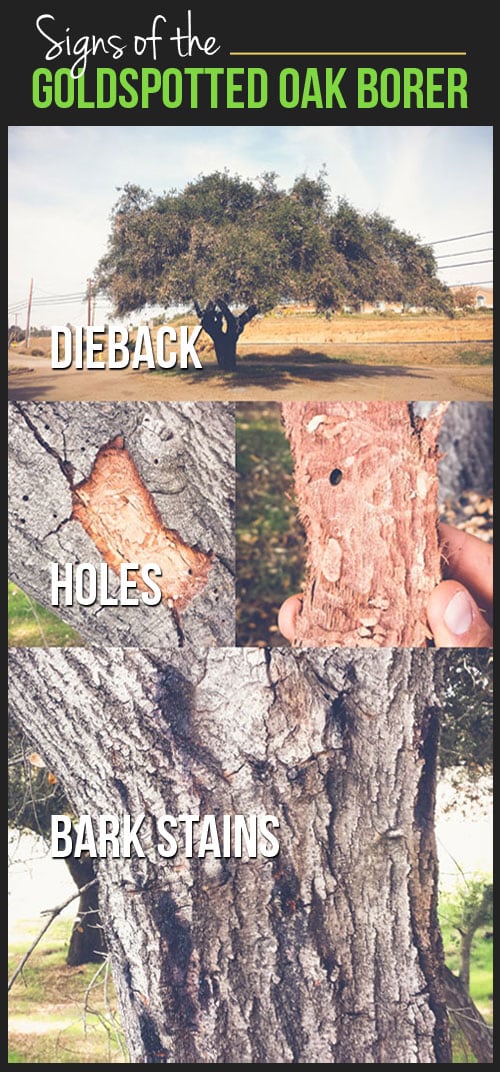Signals That It's Time To Remove A Tree: Identifying Unsafe Trees
Signals That It's Time To Remove A Tree: Identifying Unsafe Trees
Blog Article
simply click the following webpage -Lillelund Hubbard
When it involves tree treatment, recognizing the indicators that it's time for elimination is essential for your safety and security and home. You may see tarnished leaves, wilting branches, or odd fungal growths indicating health problems. Architectural problems, like a considerable lean or splits in the trunk, can also pose dangers. Comprehending these warning signs can aid you make informed decisions concerning your trees and stop possible risks hiding in your lawn. What should you look for following?
Signs of Degeneration and Disease
When you observe indications of degeneration and illness in your trees, it's critical to act quickly. Search for discolored leaves, wilting branches, or unusual growths like fungus. These can indicate that your tree is struggling.
If you see fractures in the bark or soft, mushy wood, these signs and symptoms recommend interior decay. Furthermore, a sudden rise in insects around your tree can signify that it's damaged and susceptible.
Check for any kind of dead or dying limbs, as they pose a danger to your property and safety and security. If you doubt regarding what you see, seeking advice from an arborist can offer clearness.
Addressing these signs early can save you from extra extensive damage and make sure the health of your backyard. just click the next webpage wait until it's too late.
Structural Instability and Leaning
As you observe your trees, keep an eye out for any kind of indications of structural instability or leaning. If Recommended Browsing leans considerably, it might suggest that the origin system is compromised.
Try to find any cracks in the trunk or soil around the base; these can indicate possible failure. In addition, look for unusual development patterns, like an unbalanced crown, which might suggest that the tree is struggling to hold itself upright.
If you observe that the tree favors your home, high-voltage line, or other frameworks, it postures a higher danger. Do not ignore these signs-- get in touch with an arborist to examine the scenario.
Taking action early can avoid expensive damages and guarantee your security.
Dead or Dying Branches and Foliage
If you observe dead or passing away branches and vegetation on your tree, it's a clear indicator that something's incorrect.
These harmful locations can show underlying problems like disease, insect problems, or ecological tension. When branches shed their fallen leaves or transform brown, they're no longer adding to the tree's health. Neglecting these signs could cause further decline, making your tree much more harmful.
Dead branches can quickly break off throughout storms, posturing a danger to building and people nearby. It's important to examine the extent of the damage.
If the trouble affects a significant part of the tree, think about speaking with a professional. They can assist establish if removal is necessary to guarantee safety and keep the elegance of your landscape.
Final thought
If you notice any type of signs of decay, structural instability, or dead branches on your trees, do not overlook them. These indicators can pose significant safety and security threats to you and your residential or commercial property. It's constantly best to speak with a specialist arborist that can give an expert assessment of your trees. Acting early can protect against mishaps and expensive damages, ensuring your landscape continues to be secure and healthy and balanced. Remember, it's far better to be proactive regarding tree care than to wait for a catastrophe to happen.
